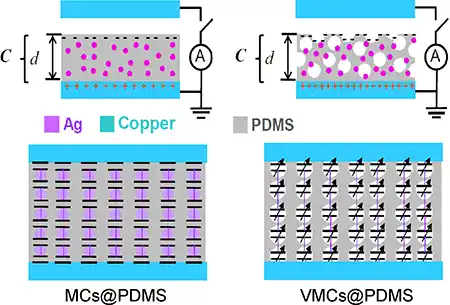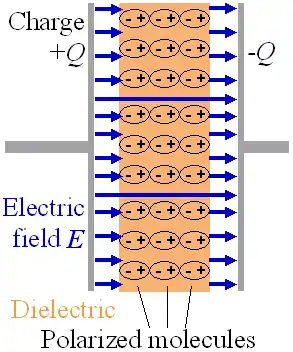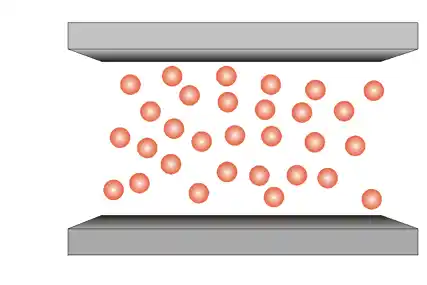افشین رشید
اُستادیار ؛ عضو هیات علمی دانشگاه آزاد اسلامی واحد علوم و تحقیقات تهران
615 یادداشت منتشر شدهAbout The Electrical Characteristics and The Process of Making a Nanocapacitor Structure Using (Metal-insulator-Carbon-Metal Nanotube Layers).

Note: Nanosupercapacitors, also called electrochemical supercapacitors or nanocapacitors, thus emerge as promising fuel sources with astonishingly fast charge release rates. Amazing fast charging. Created to improve power execution (high speed capability), they still rely on similar inherent breakpoints.
About the electrical characteristics and the process of making a nanocapacitor structure using (metal-insulator-carbon-metal nanotube layers). Due to the unique nanotube structure, this structure shows high capacitance and the possibility of extremely high integration density. Nanoscale patterns and high aspect ratio are obtained by electron beam lithography to fabricate these vertical nanostructures. This structure can be used to replace capacitors that use a silicon pillar structure in dynamic random access memory (DRAM) or as a nanoscale capacitor for various nanoelectronic devices.

To make nano supercapacitors with high voltage and high energy density, multi-layer nanostructure technologies have been developed to make an improvement in capacitor performance. Controlled sputtering techniques can deposit ultra-smooth submicron layers of dielectric and conductive materials. Using this technology, high voltage nano supercapacitors with an order of magnitude improvement in energy density may be achievable. Dielectrics and new materials are well understood for use with this technology. The nano-supercapacitors developed with multi-layer nanostructure technology are inherently solid state and show excellent mechanical and thermal properties.

Dielectric materials and exchanges increase the design with multiple layers. Nanostructured multilayer capacitors will be developed and characterized. One of the technologies, which has grown significantly in recent years and can become the source of transformation in various industries, including nanoelectronics, in the near future, is the technology of supercapacitors. It can be said that supercapacitor is a kind of interface between electrolytic capacitors and rechargeable batteries. The structure and structure of nano supercapacitors based on nanoelectronics store 100 times more charge than electrolytes in the same volume and charge and discharge at a much faster rate than batteries. Of course, these capacitors still store up to 10 times less charge than some types of batteries in the same volume. According to these characteristics, supercapacitors are used in cases where frequent charging and discharging are required, high charging speed is required, or sudden discharge of the charge is required. are used.
Conclusion:
Nanosupercapacitors, also called supercapacitors or electrochemical nanocapacitors, thus emerge as promising fuel sources with astonishingly fast charge release rates. Amazing fast charging. Created to improve power execution (high speed capability), they still rely on similar inherent breakpoints.